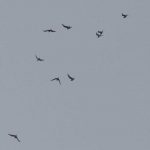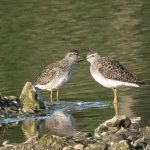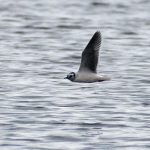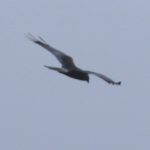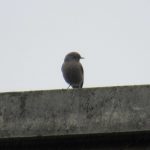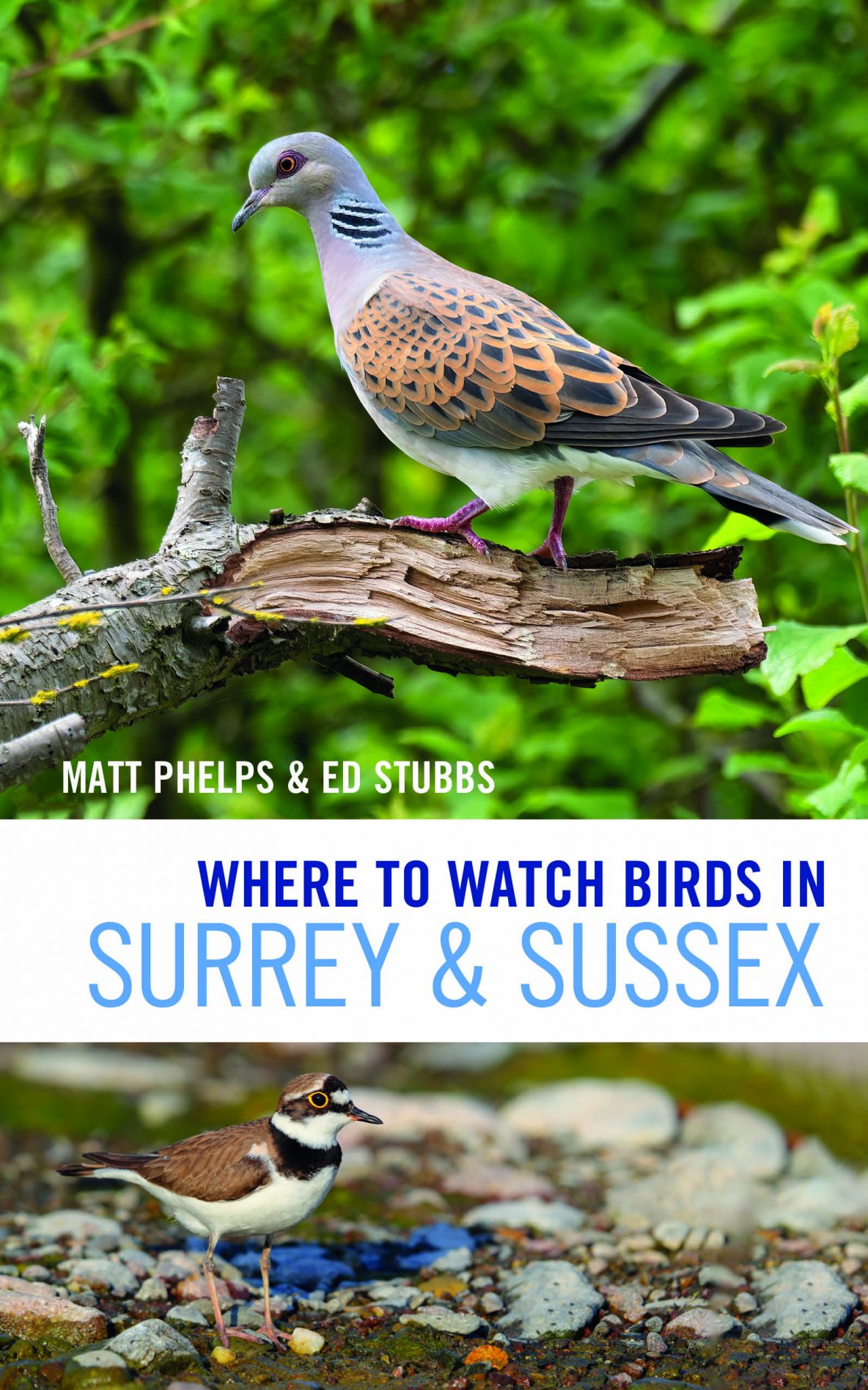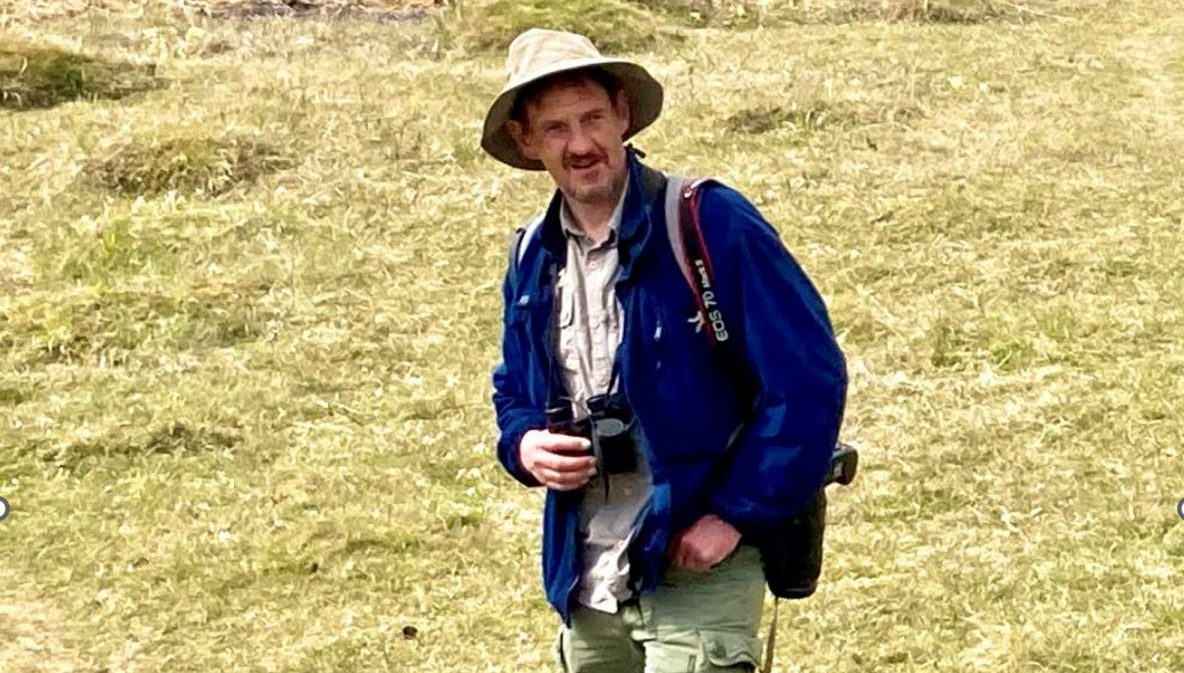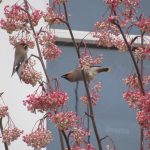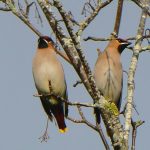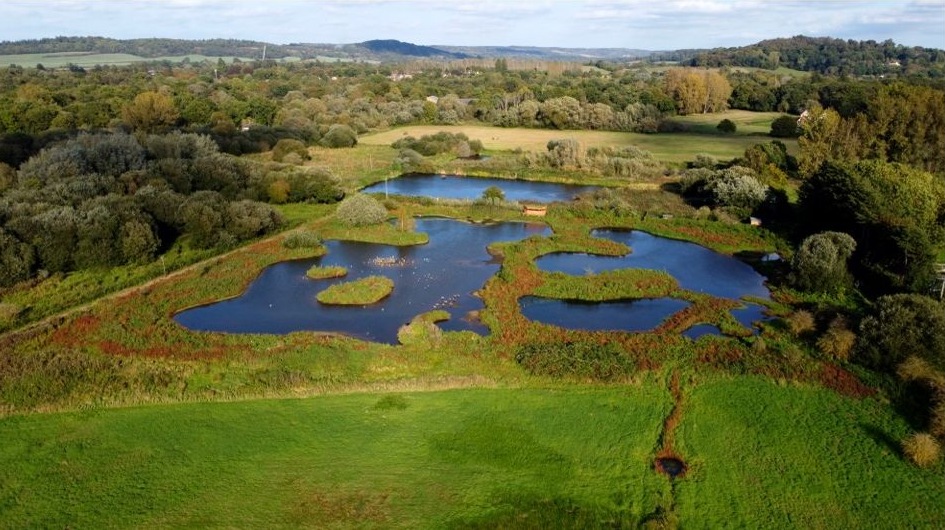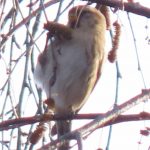May 2024
Friday 31st
Island Barn Reservoir (permit only): Short-eared Owl east (D Harris).
Wey Manor Meadows: 3 pairs of Lapwings with chicks (J Snell).
Thursday 30th
Bankside: 9 Kittiwakes over Blackfriars Bridge (R Braddock).
Wednesday 29th
London Wetland Centre: 2 Oystercatchers (C Moore).
Unstead SF: 2 Shoveler (J Parr).
Tuesday 28th
London Wetland Centre: female Pochard with ducklings (A Salmon).
Monday 27th
Burpham: Lesser Spotted Woodpecker along River Wey (W Justice).
Leigh: Spotted Flycatcher at Deanoak Lane (I Kehl).
London Wetland Centre: Bittern booming from Reservoir Lagoon (A … Read more

